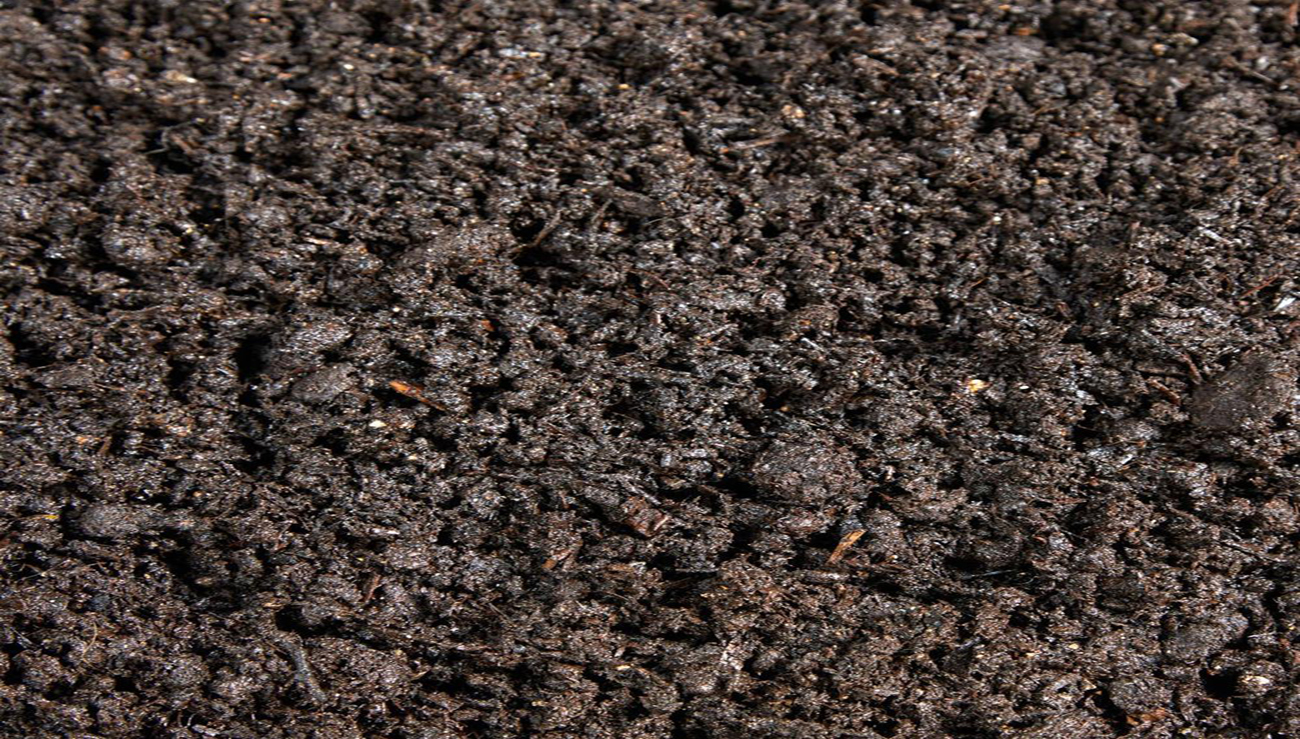
An Experimental Study on Ground Improvement by Application of Fly Ash and Lime on Clayey and Sandy Soil
Construction on locally available clayey soil is often problematic due to its swelling and shrinkage nature. Pavements are most affected as the upthrust due to regional swelling of clayey soil during monsoon season and shrinking during dry season causes unwanted cracks in the pavement. As a consequence, the pavement gets damaged. In places having extensive deposit of clayey soil, soil replacement becomes time-consuming and uneconomical. Hence the clayey soil to be considered as subgrade needs to be pre-treated. Fly ash, an industrial waste can be used for such treatment. To improve the engineering properties of on-site available clayey soil and sandy soil with lime and fly ash was studied. Based on the results obtained from experiments the suitability of fly ash and lime to be considered as additives to improve local clayey and sandy soil properties has been analyzed. It was observed that the on the addition of fly ash within 40-60% range can be satisfactorily used to replace the local clayey soil and fly ash percentage within 20-40% can be used to replace the local sand. Lime content in the range of 4-8% can be satisfactorily used in both in situ available soil and local sand with fly ash mixtures for the improvement of strength in terms of shear strength as well as CBR value.
Author(s):
Keywords:
Clayey soil, Sand, Lime, Fly ash, Hydraulic Conductivity, Maximum Dry Density, Shear Strength, CBR test
URL:
https://jotitt.chitkara.edu.in/index.php/jotitt/article/view/137
References:
AASHTO: “Standard method of test for resilient modulus of subgrade soils and untreated base/sub-basematerials,” Guide for design of pavement structures, Washington, DC., T292, 1993.
N. S. Pandian, K.C. Krishna and B. Leelavathamma, “Effect of fly ash on the CBR behaviour of soils,” Indian Geotechnical Conference, Allahabad, vol.1, pp. 183-186, 2002.
A. Misra, D. Biswas and S. Upadhyaya, “Physico-mechanical behavior of self-cementing class C fly ash–clay mixtures,” Fuel 84, pp. 1410–1422, 2005.
V. Kumar, “Fly ash utilization: A mission mode approach ash ponds and ash disposal systems,” Narosa Publishing House, New Delhi, India,
S. Chand and C. Subbarao, “Strength and slake durability of lime stabilized pond ash,” Journal of Materials in Civil Engineering, vol. 19, no. 7, pp. 601–608, 2007.
R. Bairwa, A.K. Saxena, T.R. Arora, “Effect of lime and fly ash on engineering properties of black cotton soil,” International Journal of Emerging Technology and Advanced Engineering, vol. 3, no. 11, 2013.
D. Kumar, A. Gupta and N. Kumar, “Some geotechnical properties of coal fly ash and sand mixtures with different ratio using in highway &
embankments,” Global Journal of Researches in Engineering, vol. 14, no. 5, 2014.
C.R.V. Prasad and R. K. Sharma, “Influence of sand and fly ash on clayey soil stabilization,” IOSR Journal of Mechanical and Civil Engineering, pp. 36-40, 2014.
K. Harichane, M. Ghrici and S. Kenai, “Effect of curing time on shear strength of cohesive soils stabilized with combination of lime and natural pozzolana,” International Journal of Civil Engineering, vol. 9, pp. 90-96, 2010.
C. K. Shen and S. K. Li, “Lime stabilization of clay-sand mixtures,” Highway Research Record No. 315, Highway Research Board, 1970.
B. Kim, M. Prezzi, and R. Salgado, “Geotechnical properties of fly ash and bottom ash mixtures for use in highway embankments,” Journal of Geotechnical and Geoenvironmental Engineering, vol.131, no. 7, pp. 914–924, 2005.
T. B. Edil, H. A. Acosta, and C.H. Benson, “Stabilizing soft fine-grained soils with fly ash,” Journal of Materials in Civil Engineering, vol. 18, no. 2, pp.283–294, 2006.
E.O. Tastan, T.B. Edil, C.H. Benson and A.H. Aydilek, “Stabilization of organic soils with fly ash,” Journal of Geotechnical and Geoenvironmental Engineering, pp. 819-833, 2011.
IS 1498: Classification and identification of soils for general engineering purposes, 1970.
IS 2720-3-1: Methods of test for soils, Part 3: Determination of specific gravity, Section 1: Fine-grained soils, 1980.
IS 2720-3-2: Methods of test for soils, Part 3: Determination of specific gravity, Section 2: Fine, medium and coarse-grained soils, 1980.
IS 2720-4: Methods of test for soils, Part 4: Grain size analysis, 1985.
IS 2720-5: Methods of test for soils, Part 5: Determination of liquid and plastic limit, 1985.
IS 2720-7: Methods of test for soils, Part 7: Determination of water content-dry density relation using light compaction, 1980.
IS 2720-11: Methods of test for soils, Part 11: Determination of the shear strength parameters of a specimen tested in unconsolidated undrained triaxial compression without the measurement of pore water pressure, 1993.
IS 2720-16: Methods of test for soils, Part 16: Laboratory determination of CBR, 1987.
IS 2720-17: Methods of test for soils, Part 17: Laboratory determination of permeability, 1986.




